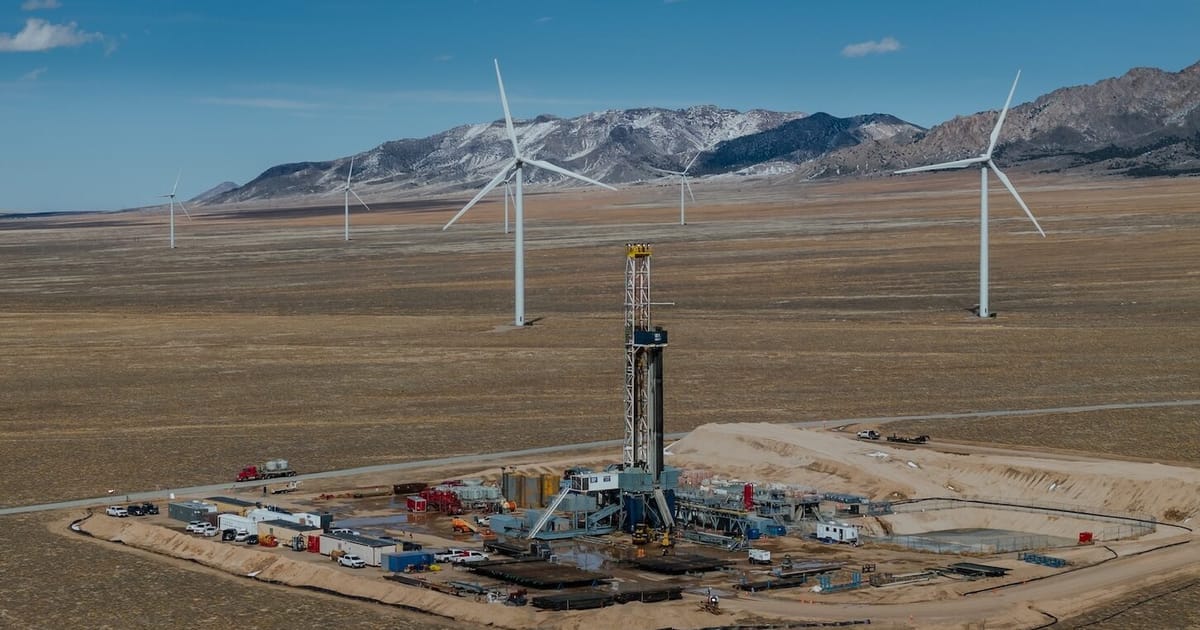The startup Fervo Energy just raised another $462 million to build America’s next generation of geothermal power plants.
On Wednesday, the Houston-based company said it closed a Series E funding round led by a new investor, B Capital, a global venture capital firm started by Facebook cofounder Eduardo Saverin. With the latest announcement, Fervo says it’s raised about $1.5 billion overall since 2017 as it develops what could become the world’s largest “enhanced geothermal system” in Utah.
“Fervo is setting the pace for the next era of clean, affordable, and reliable power in the U.S.,” Jeff Johnson, general partner at B Capital, said in a news release.
The Series E funding comes as Fervo reportedly prepares to become a publicly traded company, which would let it raise even more capital for its ambitious projects. When asked about a potential IPO, Fervo said only that the company is “focused on executing our development plan” in an email to Canary Media. “We have a lot of capital needs going forward to fuel our planned growth and will be tapping a lot of different opportunities to make that happen.”
The carbon-free energy from deep underground is available around the clock, but it represents only about 0.4% of total U.S. electricity generation — largely because the existing technology is constrained by geography. Today’s geothermal plants rely on naturally occurring reservoirs of hot water and steam to spin their turbines and generate power, which are available in a limited number of places.
Fervo’s approach involves creating its own reservoirs by fracturing hot rocks and pumping them full of water. The company uses the same horizontal drilling techniques and fiber-optic sensing tools as the oil and gas industry in an effort to reach deeper wells and hotter sources than is possible with conventional geothermal technology.
Its flagship development, Cape Station, is well underway in Beaver County, Utah. The project’s initial 100-megawatt installation is on track to start delivering power to the grid in October 2026, which will make it the first commercial-scale enhanced geothermal project to hit such a milestone worldwide, according to Fervo. An additional 400 MW is slated to come online in 2028.
